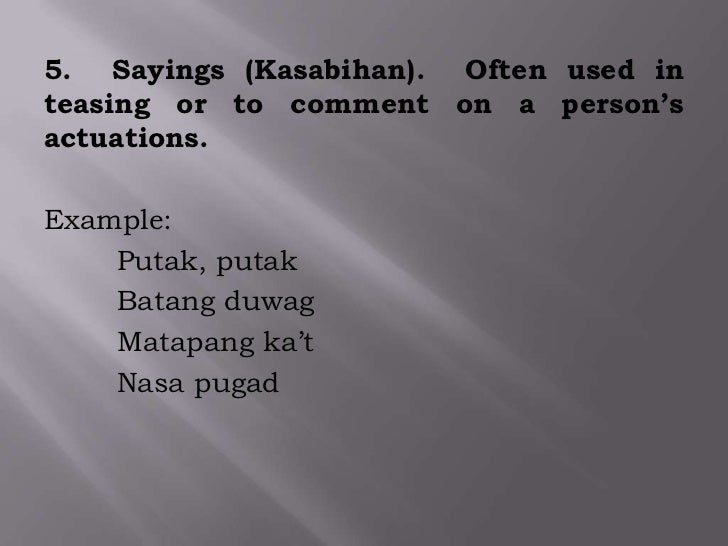

So the question boiled down to this: do the procedures to relieve an AWA offender from the obligation to report apply to a Megan’s Law offender? Thus, those offenders cannot be classified as Tier I sex offenders and cannot take advantage of the termination procedure in the sex offender law. The state argued that only Tier I sex offenders are eligible offenders, and according to our holding in Williams, the AWA and its tier classifications do not retroactively apply to offenders like Von who committed their crimes before the AWA took effect.
PRE AWA MEANING REGISTRATION
The state argued that the court of appeals erred in holding that sex offenders classified under Megan’s Law may avail themselves of the privilege legislatively granted to AWA offenders to terminate their registration obligations. When the case came before us, the main question was whether the registration termination procedure delineated in the sex offender law may be retroactively applied to sex offenders who commit their crimes before Januand who are convicted and sentenced before that date?
PRE AWA MEANING TRIAL
Thus, the court of appeals ordered the matter sent back to the trial court to determine Von’s status and to consider the merits of the motion to terminate if it found that Von is a Tier I sex offender for purposes of deciding his eligibility for relief in accordance with the sex offender law. The court further stated that to be eligible for relief, Von had to be a Tier I sex offender – an AWA classification – but the trial court had not made a final determination regarding what tier offender Von was. Moreover, the law creates a new right for offenders without imposing a new burden or obligation on the state. The trial court ultimately denied Von’s motion to terminate his duty to comply with sex offender registration laws because at the time of his convictions, Megan’s Law was in effect in Ohio, and it contained “no provision to terminate one’s status as a registered sex offender post-conviction.” The court concluded that subsequent amendments to the law were not retroactive.īut the court of appeals reversed that ruling, concluding that the sex offender law may be applied retroactively because the law expressly states that it applies to an offender regardless of when the offense was committed. Williams, for the proposition that the law could not be applied retroactively to Von, who was convicted prior to Jan. To support its argument, the state cited a 2011 case decided by us – the Ohio Supreme Court – called State v.

When Von later filed a motion to terminate his duty to comply with sex offender registration laws, the state of Ohio opposed the motion to terminate, arguing that the sex offender law applies to sex offenders convicted on or after Jan.

Von moved to Ohio in August 2011 and registered as a sex offender, but did not specify his classification. In 1997, Von was convicted in Colorado of sexual assault of a child – a fourth degree felony – and sexual assault in the third degree – a first degree misdemeanor. But under the AWA, eligible Tier I offenders could have their Tier I classification terminated.Īll of which led to a case involving Aaron K. But one of the differences between Megan’s Law and the AWA was that under Megan’s Law, there was no provision for someone who had been convicted to eventually terminate their sex offender status. Under both laws, convicted sex offenders who had been released from prison had to register their whereabouts with local law enforcement. The AWA divides sex offenders into Tier I, Tier II, and Tier III sex or child-victim offenders. 1, 2008, and replaced it with new standards for sex-offender classification and registration” in accordance with the federal Adam Walsh Child Protection and Safety Act. Then, in 2007, the legislature enacted the Adam Walsh Act (“AWA”), which “repealed Megan’s Law, effective Jan. In 1996 – in reaction to the kidnapping, rape and murder of a 7-year-old New Jersey girl named Megan Kanka by a neighbor with prior sex offenses – the Ohio legislature enacted Megan’s Law, which revised Ohio’s sex offender law and established a comprehensive system of classifying sex offenders into three categories: sexually oriented offenders, habitual sex offenders, and sexual predators.


 0 kommentar(er)
0 kommentar(er)
